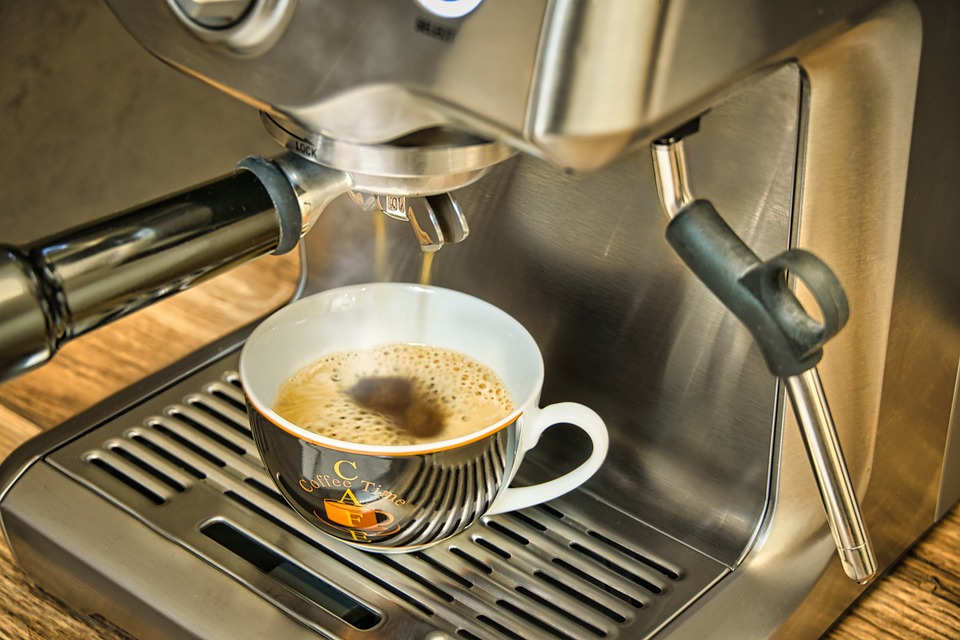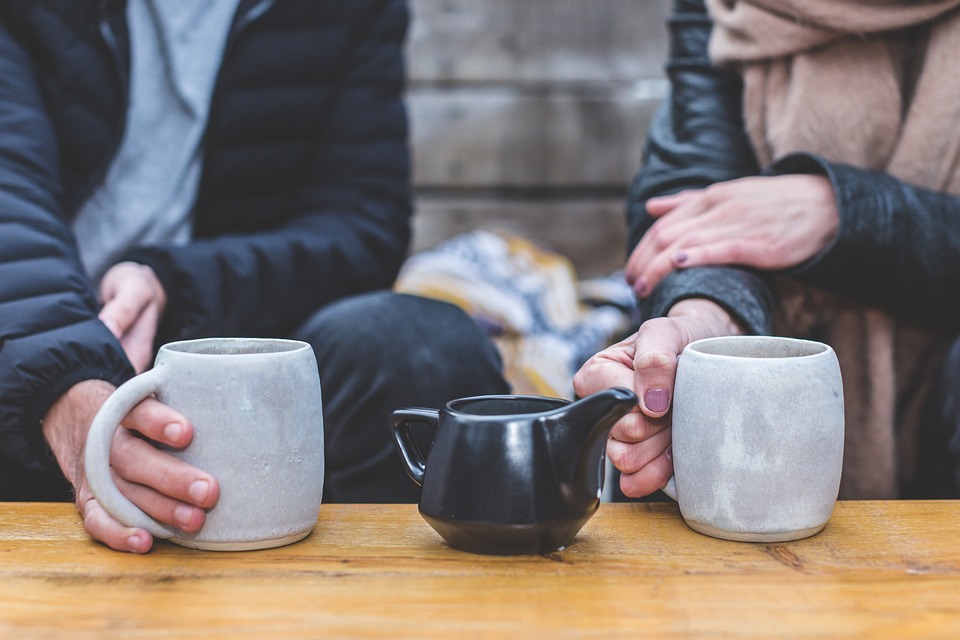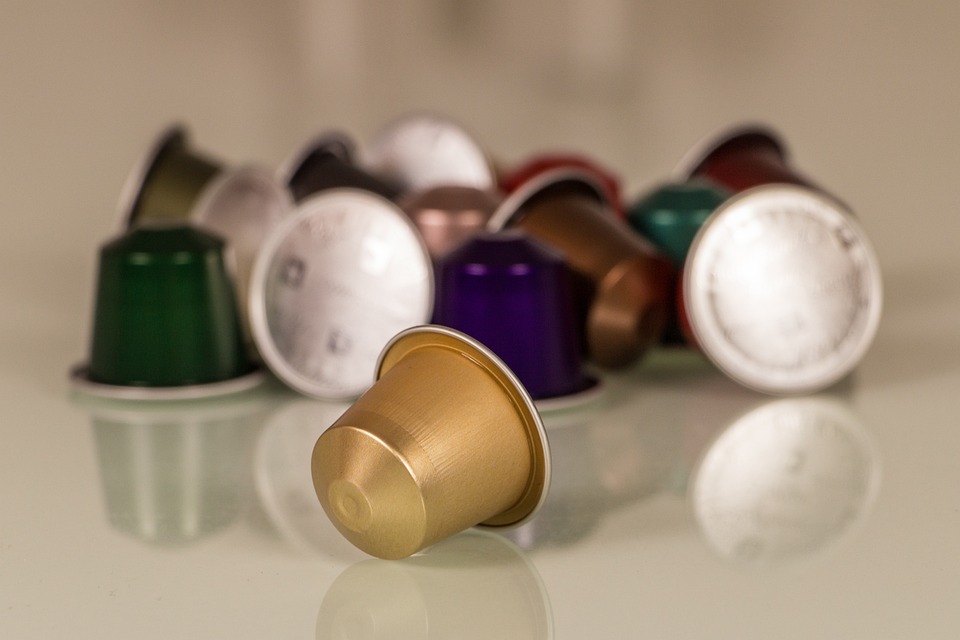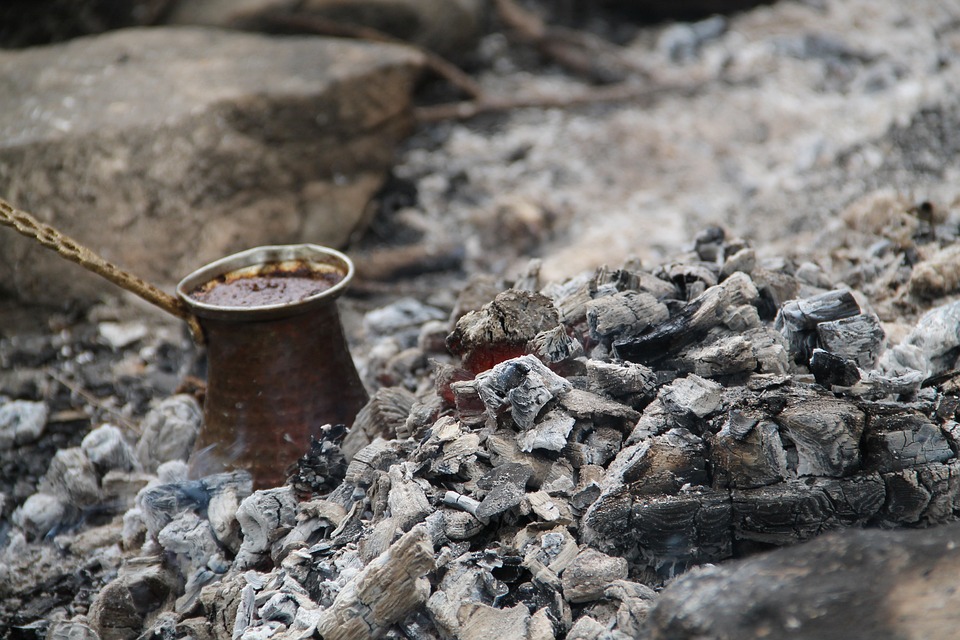Caffeine is a naturally occurring substance that is abundantly present in the seeds, fruits, and leaves of many plants, notably coffee beans. It is estimated that 83% of the global population begins their day with a cup of coffee.
These people take a large amount of caffeine in their coffee. Out of this 83% of people, many want to reduce their daily intake of caffeine. For those who want to reduce caffeine from their daily routine, natural decaf coffee is best.
Enjoying the same taste of coffee without caffeine is possible with natural decaf coffee. There are different methods by which you can easily remove caffeine from coffee. With the help of these methods, you can enjoy your favorite drink without high caffeine content.
Learn How to Make Your Coffee Taste Good on any occasion
Decaf Coffee and Caffeine
Caffeine is an alkaloid. It is naturally occurring in plants. Alkaloids have different effects on humans and other living things. In humans, it acts as a stimulant. It also acts as a natural defense in plants against other animals and bugs.

Different coffee has a different amount of caffeine in it. People take the content of caffeine according to their taste. In Robusta coffee, the amount of caffeine is greater than Arabica coffee. The amount of caffeine in coffee ranges from 40 milligrams to 200 milligrams.
Many people think that decaf coffee means it is completely free from caffeine, but it is not. Decaf coffee still contains a small amount of caffeine. It contains about 2-4 milligrams of caffeine in every serving.
Related read: Light Roast vs. Dark Roast Coffee
History of Natural Decaf Coffee
Friedlieb F. Runge is considered the godfather of caffeine. He was a German chemist. In 1820 Friedlieb was the one who tried this experiment. He removes caffeine from coffee.
After this, Ludwig Roselius, in 1906, patented the first decaffeination process. He was a German coffee salesman. This process is then used commercially. It involves the steaming of coffee beans with solvents, acids, and water.
Different solvents are used, but the most used solvent is benzene. Benzene is used as a solvent for dissolving caffeine. But this method of using benzene is no longer in use.
It has some effects on the human body. Benzene is a certified organic compound that is carcinogenic and affects the human body a lot. Due to this, the use of benzene as a solvent becomes restricted.
Methods of Making Decaf Coffee
Method 1: Solvent Based Method
In solvent-based methods use of different solvents takes place for removing caffeine. Two types of solvents, Ethyl acetate, and methylene chloride, are used for this purpose.
Anyone from these solvents applied it to the coffee beans. They are applied directly or indirectly to green coffee beans to dissolve the caffeine naturally. In this method, the beans are soaked in water for hours and then washed with solvents.
The solvent bonds with caffeine and is then heated to evaporate solvent and caffeine. There is no health risk of using these solvents. Different people find out that the coffee that is decaffeinated with a solvent-based method has some taste issues.
The decaffeinated coffee from the solvent-based method has less flavor and depth. If you find a naturally decaffeinated coffee on shores, it is more likely that coffee was decaffeinated by the solvent-based method.
Method 2: Swiss Water Process
The Swiss water process is based on the osmosis and solubility of caffeine. With the help of these two parameters, caffeine is removed from green coffee beans. In the Swiss water method, to remove caffeine, you have to follow these steps.
Step 1: Soak Coffee Beans in Hot Water
First, you have to soak the green beans in hot water. In this way, the caffeine dissolves in it. In coffee, there are many other ingredients other than caffeine. These ingredients also start dissolving in water. The sugar and other components that give us an outstanding taste in coffee can also dissolve in water. If these components dissolve in water, then coffee becomes tasteless.

Step 2: Pass through Charcoal Filter
Then the coffee beans pass through the charcoal filter. In coffee beans, caffeine is a larger molecule. Due to its large size, it gets easily trapped in the charcoal filters. While other molecules like sugar, oil have a smaller size than caffeine. They can easily pass through the charcoal filter. Due to which the taste and aroma remain in the water. After this process, you will then get a Green Coffee Extract.
Step 3: Decaffeinated Coffee
The coffee extract is then ready to soak the next batch of beans. Again from these beans, caffeine is removed, and other ingredients remain in them. After this, you will get a decaffeinated coffee. This coffee is high in flavor and is free from any extra chemical solvents. You will enjoy a caffeine-free coffee.
Method 3: CO2 Method
Kurt Zosel developed the CO2 method. He is a scientist at Max Planck Institute. Kurt Zosel uses liquid carbon dioxide rather than just act on caffeine.
First, soak the coffee beans in water. These soaked coffee beans are placed in a stainless-steel container. This container is also known as an extraction vessel.
After placing coffee beans in it, the extraction vessel is then sealed. After this, the liquid carbon dioxide then pressures in the coffee. The pressure is about 1,000 pounds per square inch. Due to this pressure, the caffeine is then extracted.
CO2 acts as a solvent and removes caffeine from the beans. The other ingredients leave behind. The CO2 that is laden with caffeine is then transferred to another container.
This container is known as an absorption chamber. In this chamber, the CO2 is converted into a gaseous state by applying pressure. The caffeine left behind in this chamber. The CO2is then pumped back into the container for reuse. This process of decaffeinating coffee is used in large quantities on the commercial level.




